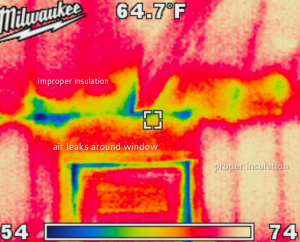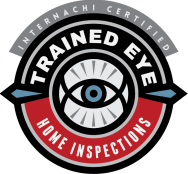If you purchase a home this spring, you’ll likely obtain a home inspection from a certified inspector. Arranging an inspection prior to settlement is a responsible way to ensure that there are no major structural or systems defects with your new home.
In recent years, the use of infrared camera technology for thermal imaging has risen in popularity among home inspectors. While the use of an infrared camera is not yet standard practice, it’s become an increasingly convenient method to ensure detection of a number of defects.
Thermal imaging provides a number of advantages, including the careful examination of areas that are not visible to the naked eye, as well as monitoring areas that are otherwise difficult to access (such as tall ceilings).
As Brian Mower of Trained Eye Home Inspections explains, “thermal patterns created by latent moisture become readily apparent when viewed through an IR camera, even when they are not visible to the naked eye. This is because the infrared camera sees the apparent temperature difference between wet spots and building materials. Water intrusion and excessive moisture within walls, under floors, and above ceilings will show up in the thermal image. Water intrusion implies that the house has been compromised somewhere, perhaps through the roof, in the basement, or as the result of a mechanical or plumbing leak.”
Using an infrared camera provides certain advantages with locating moisture problems and electrical hot spots before they become major issues. If these issues are detected early they can prevent further damage and costly repair.
Plus, using thermal imaging may help improve energy conservation by monitoring for heat loss through spotting gaps in insulation.
Interested in learning more about obtaining a home inspection with thermal imaging? Be sure to visit Trained Eye Home Inspection’s list of services.


